Year 7
|
Term |
Autumn 1 |
Autumn 2 |
Spring 1 |
Spring 2 |
Summer 1 |
Summer 2 |
|
Topic title |
Making your Mark |
Creative Colour |
Japanese Ukiyo-e Print Project |
Introduction to Graphic communication | ||
|
Knowledge & Skills |
• Drawing in pencil, understanding the differences between graded pencils • Understanding tone and how to apply it realistically • Grid and painting techniques • Colour theory and mixing paints • Print making and lino printing • Introduction to Graphic design and layout design • Artist and culture research |
|||||
|
Homework |
Information relating to all homework can be found on EDULINK. Homework tasks should take between 30 and 40 minutes per fortnight. |
|||||
Year 8
|
Term |
Autumn 1 |
Autumn 2 |
Spring 1 |
Spring 2 |
Summer 1 |
Autumn 1 |
|
|
Topic title |
Futuristic Bugs Project |
Inspirational Portraits Project |
Skateboard Illusion Project |
||||
|
Knowledge & Skills |
•• Drawing in pencil, understanding the differences between graded pencils • Understanding tone and how to apply it realistically • Grid technique • Facial features and facial proportion • Understanding/interpreting the meaning behind a portrait • Principles of design • Collage and mixed media • Advanced colour mixing • Perspective •Optical illusions •Zentagles • Artist and culture research |
||||||
|
Homework |
Information relating to all homework can be found on EDULINK. Homework tasks should take between 30 and 40 minutes per fortnight. |
||||||
Year 9
|
Term |
Autumn 1 |
Autumn 2 |
Spring 1 |
Spring 2 |
Summer 1 |
Summer 2 |
|
Topic title |
Mythical Beasts and Monsters |
Art and Archaeology Project |
Urban Landscapes Project |
|||
|
Knowledge & Skills |
• Drawing in pencil, understanding the differences between graded pencils • Understanding tone and how to apply it realistically • Grid technique • typeface • illustration for graphic media • Principles of design • sculpture • working and developing skills in a range of both wet and dry mediums. • Artist and culture research |
|||||
|
Homework |
Information relating to all homework can be found on EDULINK. Homework tasks should take between 30 and 40 minutes per week. |
|||||
Year 10 – Art & Design
|
Term |
Autumn 1 |
Autumn 2 |
Spring 1 |
Spring 2 |
Summer 1 |
Summer 2 |
|
Topic title |
Project 1: Organic structures |
Project 2: Food Glorious Food |
||||
|
Knowledge & Skills |
Art and Design students will develop knowledge in the following disciplines: · Fine art: a range of drawing skills in different media, painting skills in watercolour and acrylic · Three-dimensional design: sculpture, ceramics · Photography: taking and editing a range of images, which reflect their own original sources for their work. The way sources inspire the development of ideas, relevant to art including: · how sources relate to individual, social, historical, environmental, cultural, ethical and/or issues based contexts · how ideas, themes, forms, feelings and concerns can inspire personally determined responses that are primarily aesthetic, intellectual or conceptual. · The ways in which meanings, ideas and intentions relevant to fine art can be communicated including the use of: figurative representation, abstraction, stylisation, simplification, expression, exaggeration and imaginative interpretation • visual and tactile elements of art |
|||||
|
Homework |
Information relating to all homework can be found on EDULINK. Homework tasks should take approximately 1 hour per week. |
|||||
Year 10 – Graphic Communication
|
Term |
Autumn 1 |
Autumn 2 |
Spring 1 |
Spring 2 |
Summer 1 |
Summer 2 |
|
Topic title |
Project 1: Extinction Project |
Project 2: Places Project |
||||
|
Knowledge & Skills |
Students will learn through Graphic Communication the way sources inspire the development of ideas relevant to graphic communication including:
Within the context of graphic communication, student will demonstrate the ability to:
|
|||||
|
Homework |
Information relating to all homework can be found on EDULINK. Homework tasks should take approximately 1 hour per week. |
|||||
Year 11 – Art & Design
|
Term |
Autumn 1 |
Autumn 2 |
Spring 1 |
Spring 2 |
Summer 1 |
Summer 2 |
||
|
Topic title |
Project 2: Distortions and Reflections |
Externally Set Assignment |
Course Standardisation and Moderation. All marks submitted to AQA by 31st May |
|||||
|
Knowledge & Skills |
Students will continue to build and develop the skills introduced in year 10: Art and Design students will develop knowledge in the following disciplines: · Fine art: a range of drawing skills in different media, painting skills in watercolour and acrylic · Three-dimensional design: sculpture, ceramics · Photography: taking and editing a range of images, which reflect their own original sources for their work. The way sources inspire the development of ideas, relevant to art including: · how sources relate to individual, social, historical, environmental, cultural, ethical and/or issues based contexts · how ideas, themes, forms, feelings and concerns can inspire personally determined responses that are primarily aesthetic, intellectual or conceptual. · The ways in which meanings, ideas and intentions relevant to fine art can be communicated including the use of: figurative representation, abstraction, stylisation, simplification, expression, exaggeration and imaginative interpretation • · visual and tactile elements of art |
|||||||
|
Homework |
Information relating to all homework can be found on EDULINK. Homework should take between 1.5hours per week outside lessons. Homework and classwork count as part of the coursework grade. Art club is run after school on a Wednesday and the art rooms are always open so students are welcome to complete their homework at school using the specialist equipment and facilities. |
|||||||
Year 11 – Graphic Communication
|
Term |
Autumn 1 |
Autumn 2 |
Spring 1 |
Spring 2 |
Summer 1 |
Summer 2 |
|
|
Topic title |
Project 2: Places |
Externally Set Assignment |
Course Standardisation and Moderation. All marks submitted to AQA by 31st May |
||||
|
Knowledge & Skills |
Students will learn through Graphic Communication the way sources inspire the development of ideas relevant to graphic communication including:
Within the context of graphic communication, student will demonstrate the ability to:
|
||||||
|
Homework |
Information relating to all homework can be found on EDULINK. Homework should take 1 hour per week outside lessons. Homework and classwork count as part of the coursework grade. Art club is run after school on a Wednesday and the art rooms are always open so students are welcome to complete their homework at school using the specialist equipment and facilities. |
||||||
Year 12 - Fine Art
|
Term |
Autumn 1 |
Autumn 2 |
Spring 1 |
Spring 2 |
Summer 1 |
Summer 2 |
|
Topic title |
Introductory drawing and painting workshop |
Introductory Sculpture and Printing workshop |
Identity and Portraiture project |
Identity and Portraiture project |
The Urban Environment Project |
Preliminary research period for Component 1: Personal investigation |
|
Knowledge & Skills |
|
|||||
|
Homework |
A minimum of an additional 6 hours of independent work per week is required to complete the course |
|||||
Year 12 – Graphic Communication
|
Term |
Autumn 1 |
Autumn 2 |
Spring 1 |
Spring 2 |
Summer 1 |
Summer 2 |
|
Topic title |
Introductory Graphic Communication workshops |
Mock Graphic Communication projects |
Preliminary research period for Component 1: Personal investigation |
|||
|
Knowledge & Skills |
|
|||||
|
Homework |
A minimum of an additional 6 hours of independent work per week is required to complete the course |
|||||
Year 13 – Fine Art
|
Term |
Autumn 1 |
Autumn 2 |
Spring 1 |
Spring 2 |
Summer 1 |
Summer 2 |
|
Topic title |
Component 1: Personal investigation |
Component 2: Externally Set Assignment |
Course Standardisation and Moderation. All marks submitted to AQA by 31st May |
|||
|
Knowledge & Skills |
|
|||||
|
Homework |
A minimum of an additional 6 hours of independent work per week is required to complete the course |
|||||

